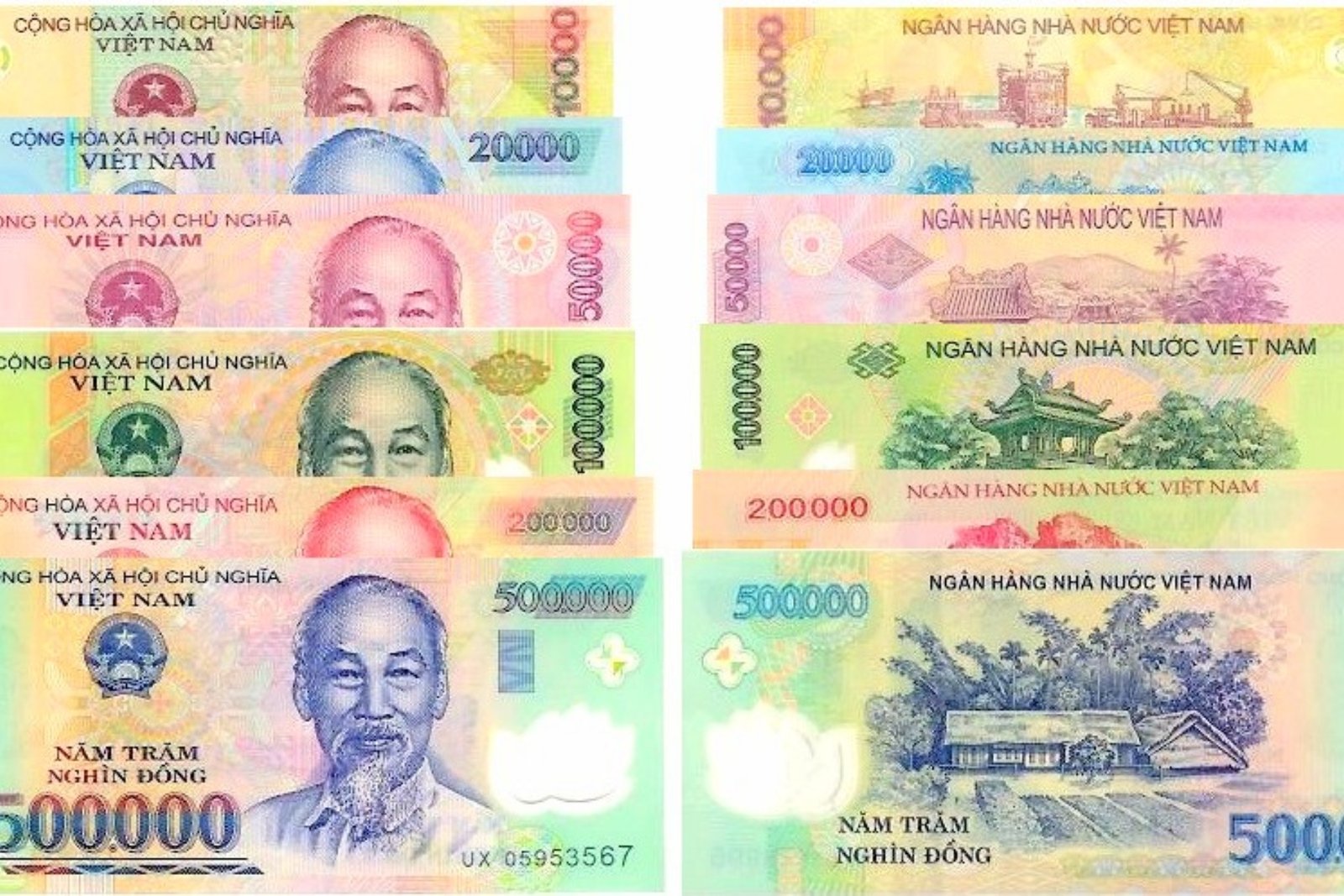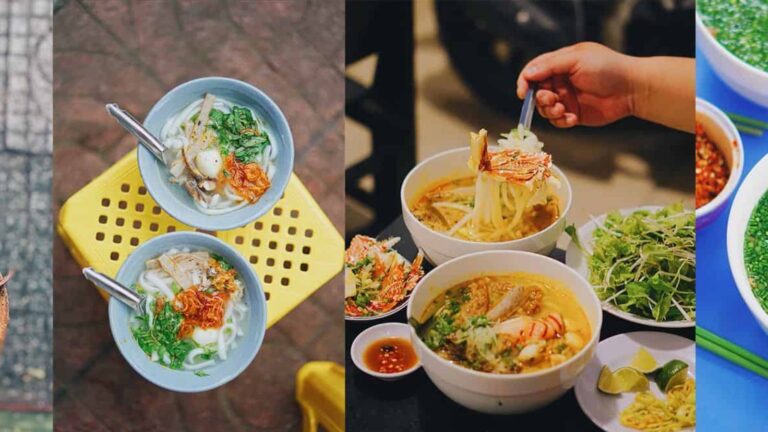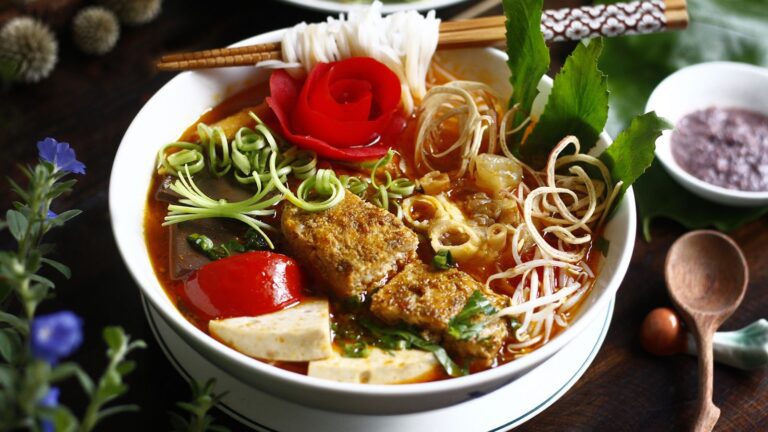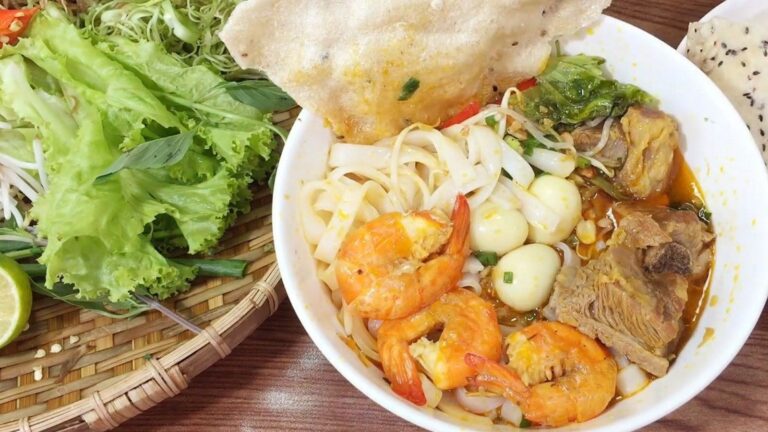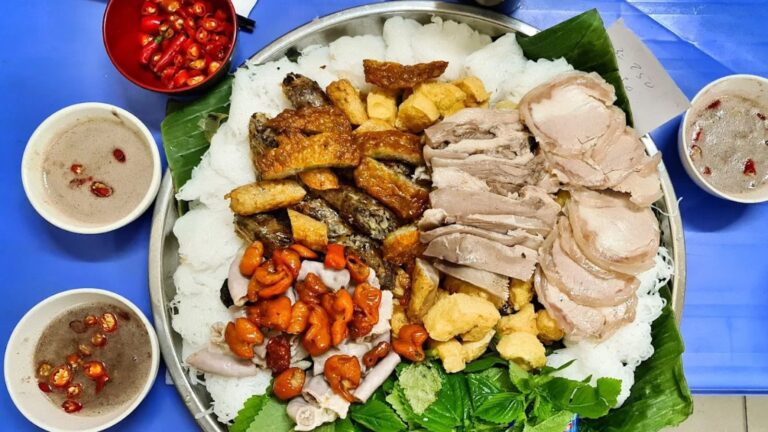Vietnamese Dong Guide: How to Use and Exchange VND
 ngocdiem
ngocdiem Understanding the Vietnamese Dong (VND) is essential for a smooth trip to Vietnam. With its high Vietnam currency denominations, knowing how to handle cash helps avoid overpaying and confusion. Additionally, keeping track of the VND exchange rate ensures better value when exchanging money. This Vietnamese Dong guide covers key aspects like banknotes, exchange tips, and payment alternatives to help you manage your finances effortlessly while traveling.
1. Vietnamese Dong Banknotes & Coins
The Vietnamese Dong (VND) comes in various denominations, ranging from VND 500 to VND 500,000. The most commonly used banknotes include:
- 📍 VND 1,000, 2,000, and 5,000 – Small denominations often used for street food and small purchases.
- 📍 VND 10,000, 20,000, and 50,000 – Frequently used for everyday transactions at local markets and shops.
- 📍 VND 100,000, 200,000, and 500,000 – Larger denominations, typically used for restaurants, hotels, and major purchases.
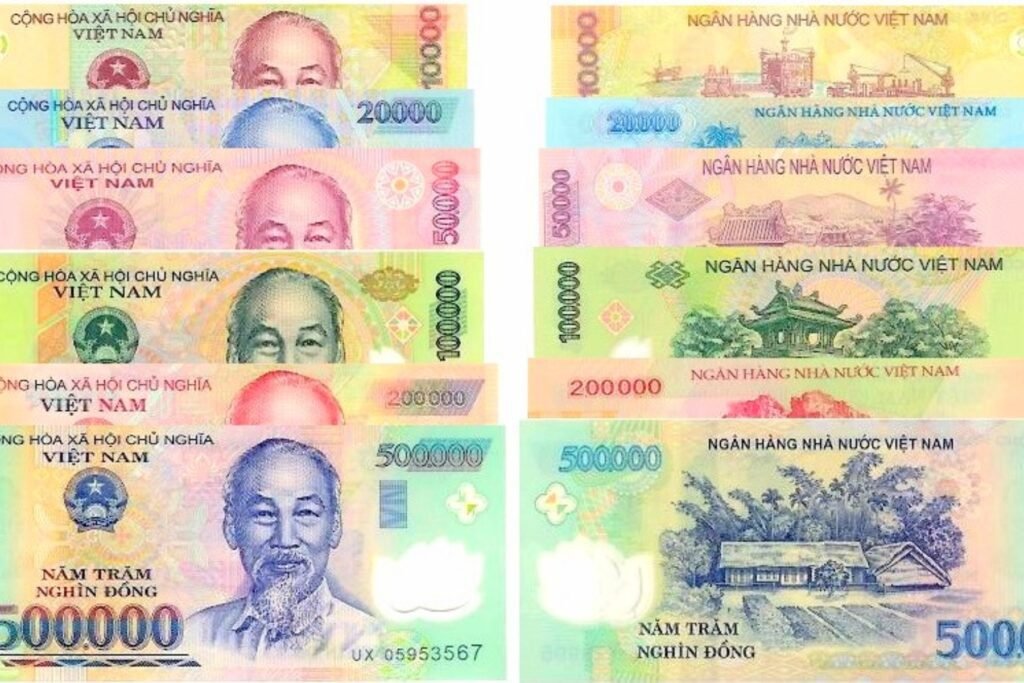

Counterfeit currency exists in Vietnam, so travelers should be cautious. Here are a few ways to identify real Vietnamese Dong:
- 📍 Feel the texture – Authentic polymer notes have a smooth yet firm texture. Fake bills often feel flimsy.
- 📍 Check the transparent window – Polymer banknotes feature a small transparent section with an embossed image. Counterfeit bills may lack this detail.
- 📍 Look for color-shifting ink – On larger bills (VND 50,000 and above), the denomination number changes color when tilted.
- 📍 Use UV light or hold against the light – Real bills have hidden security threads and watermarks visible under UV light or bright light.
✨ Explore: Vietnam Payment Options: A Complete Guide for Travelers
2. Exchanging Currency in Vietnam
Where to Exchange VND: Banks, Airports, Gold Shops, and ATMs
There are several ways to exchange foreign currency into Vietnamese Dong, each with its own advantages:
- 📍 Banks – The safest option with standardized exchange rates, though the process may take longer. Some popular banks include Vietcombank, Techcombank, and BIDV.
- 📍 Airports – Convenient but usually offer lower exchange rates compared to banks and gold shops.
- 📍 Gold Shops – Often provide the best VND exchange rate, but availability depends on location and regulations. Hanoi and Ho Chi Minh City have many gold shops offering competitive rates.
- 📍 ATMs – A quick way to withdraw Vietnamese Dong, but fees may apply. Make sure your card is accepted internationally.
Dive Into: “Dive Into Vietnam Trip Costs: Explore a Complete Budget Breakdown for Your Journey.”
How to Get the Best VND Exchange Rate
To maximize your exchange value, consider these tips:
- 📍 Check rates in advance – Compare exchange rates at different locations before exchanging money. Websites like XE.com can provide daily rate updates.
- 📍 Avoid exchanging large amounts at airports – If necessary, exchange only a small amount at the airport for immediate expenses, then find a better rate in the city.
- 📍 Use major banks or gold shops – These usually offer better rates than hotels or currency exchange kiosks.
- 📍 Withdraw from ATMs with low fees – Some international banks, like HSBC or Citibank, have ATMs in Vietnam that offer reasonable withdrawal fees.
👉 More information in here: No-Stress Payments in Vietnam: 10 Golden Rules for Foreigners
Things to Avoid When Exchanging Currency in Vietnam
- 📍 Avoid street money exchangers – Exchanging money on the street is risky and may involve scams or counterfeit bills.
- 📍 Don’t accept old or damaged banknotes – Some vendors refuse to accept worn-out bills, so ensure you receive notes in good condition.
- 📍 Be cautious with high transaction fees – If using an ATM, check the withdrawal fee beforehand to avoid unnecessary charges.


🌟 For more information Top And Groups Tour in 2025, contact us via WhatsApp or visit the Sun Getaways Travel Fanpage, Tik Tok Or follow these posts to get the details if you want to:
3. Using Vietnamese Dong for Daily Transactions
Although digital payments and card transactions are growing in Vietnam, cash remains the primary payment method, especially in smaller establishments. Travelers should always carry some Vietnamese Dong (VND) for these common cash-only situations:
- 📍 Local markets and street vendors – From fresh produce to souvenirs, most market vendors only accept cash. Bargaining is also easier with Vietnamese Dong in hand.
- 📍 Food stalls and small restaurants – While large restaurants may accept cards, traditional eateries and street food vendors operate exclusively with cash.
- 📍 Transportation services – Taxis (except for ride-hailing apps like Grab), motorbike taxis, and public buses generally require Vietnamese Dong for payment.
- 📍 Rural areas and small towns – Outside major cities like Hanoi and Ho Chi Minh City, many businesses do not support card transactions.
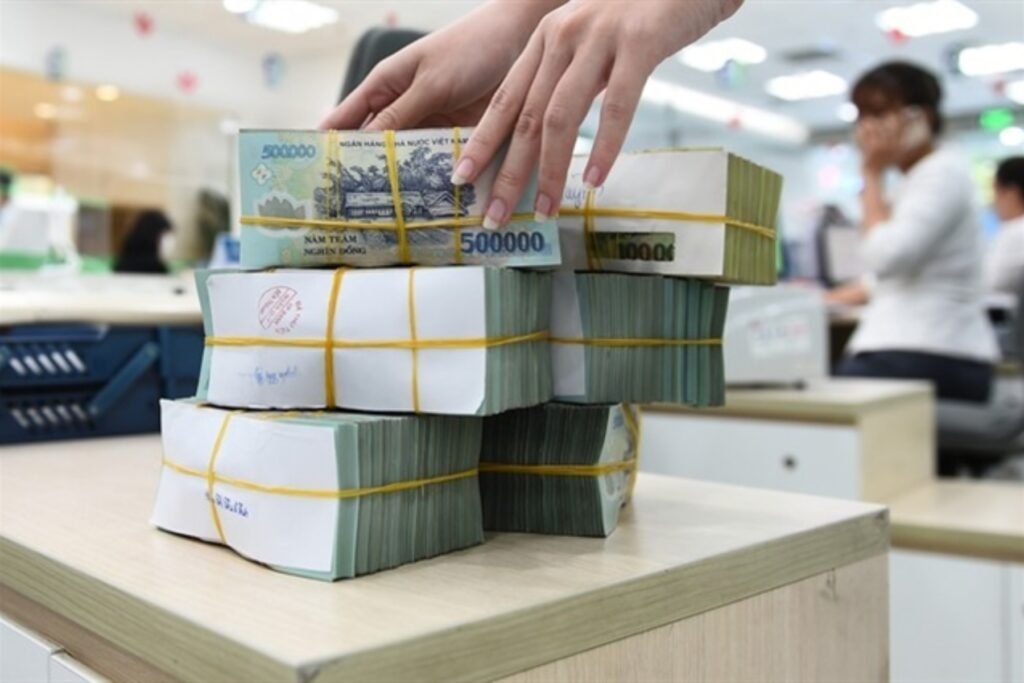

Vietnam’s currency has high numerical values, and VND 500,000 is the largest denomination. Since smaller shops may not have enough change, follow these tips:
- 📍 Break large bills at hotels or supermarkets – These locations can provide change more easily than street vendors.
- 📍 Organize your cash properly – Keep different denominations in separate pockets or wallets to prevent confusion when paying.
- 📍 Double-check your change – Sometimes, vendors may accidentally give the wrong amount, especially between VND 20,000 (blue) and VND 500,000 (light blue-green).
✨ Explore: Vietnam Currency Exchange Tips: Cash, Credit Cards & ATMs Explained
4. Alternatives to Carrying Cash in Vietnam
Using Credit/Debit Cards: Where They Are Accepted
While cash is essential, travelers can still use credit and debit cards at:
- 📍 Hotels and high-end restaurants – Most upscale establishments in major cities accept Visa, Mastercard, and sometimes American Express.
- 📍 Shopping malls and chain stores – Large retailers like Vincom, Aeon Mall, and Lotte Mart support card payments.
- 📍 Airports and travel agencies – Many international airports and tour booking services accept card payments.
However, travelers should be aware of potential foreign transaction fees and card security risks when using cards in Vietnam. It’s advisable to notify your bank about your trip to prevent any unexpected card blocks.
✨ Learn more: Vietnam credit card tips and Vietnam debit card guide
Mobile Payment Options: MoMo, ZaloPay, and VNPay
Vietnam is rapidly adopting digital payments, with e-wallets becoming more common. Popular mobile payment options include:
- 📍 MoMo – Vietnam’s leading e-wallet, accepted at many restaurants, convenience stores, and ride-hailing services.
- 📍 ZaloPay – Integrated with Zalo (Vietnam’s top messaging app), widely used for bill payments and shopping.
- 📍 VNPay – Accepted in many retail stores and taxis, with a convenient QR payment system.
While Apple Pay and Google Pay are available in some locations, their usage is still limited compared to local e-wallets. Travelers can easily download and link these apps to their international cards for a secure and cashless experience.
✨ Learn more: Using Mobile Wallets in Vietnam: Momo, ZaloPay & VNPay
To ensure a hassle-free trip, consider these security tips:
- 📍 Use a travel wallet or money belt – Keep your main cash secure and only carry what you need for the day.
- 📍 Store spare cash separately – Split your money between different locations (wallet, backpack, hotel safe) to avoid total loss in case of theft.
- 📍 Avoid displaying large amounts of cash – When making payments, take out only the necessary amount to prevent drawing attention.
- 📍 Use ATMs in secure locations – Withdraw Vietnamese Dong from reputable bank ATMs inside hotels or malls rather than street-side ATMs.
By balancing cash, card payments, and mobile wallets, travelers can navigate Vietnam smoothly without financial stress.
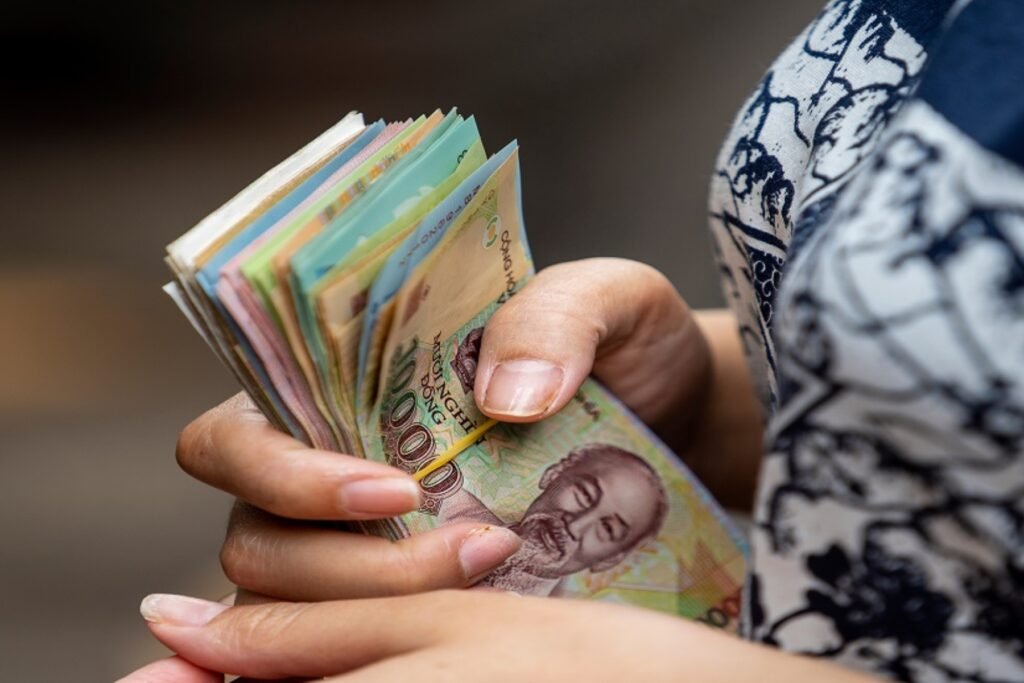

✨ Explore: Digital Payments in Vietnam: A Guide for Tourists
5. Conclusion
Managing Vietnamese Dong (VND) efficiently ensures a hassle-free trip. Since cash is widely used, always carry small Vietnam currency denominations for markets and street vendors. Exchange money at banks or authorized shops for the best VND exchange rate, and be cautious of counterfeit bills.
For convenience, use credit/debit cards at hotels and malls, or try mobile wallets like MoMo, ZaloPay, and VNPay for quick transactions. Keep your cash secure and withdraw from trusted ATMs when needed.
By following this Vietnamese Dong guide, you’ll handle money confidently and enjoy a stress-free experience in Vietnam.
👉 More information in here: First Time in Vietnam? 10 Crucial Payment Insights for Foreigners
Experience Vietnam like never before with Sun Getaways Travel. Our all -inclusive trips cover every detail, from accommdations and transportation to unforgettable experiences, depending on your interests (Our Customized Private Tour for each customer to Vietnam). Ready to embark on your next adventure?
Ask a question
Leave a Comment (0)
No questions yet. Be the first to ask a question!









